Maine Desert Facts
- The remarkable geological formation sometimes known as the Maine Desert remains an incredibly unexpected feature within its region. This astonishing marvel of the work of various processes also goes by the similarly descriptive common name of the Desert of Maine.
- Regardless of the name one chooses to use to refer to it, however, one indisputable fact about this site clearly stands out. That’s the fact that this location actually forms a surprising geological phenomenon. Thus, it shows that names can sometimes be quite deceptive.
- That holds true due to the fact that, in the minds and opinions of some individuals, this site does not actually qualify as a true desert. That particularly surprising perspective occurs because the surrounding climate remains much too wet and cold to meet some definitions.
- The formation of this truly astounding feature, furthermore, did not come about naturally. In point of fact, this quite dry, arid region, whether it constitutes an actual desert or not, actually owes its existence to human activity. That alone sets it apart from other similar settings.
- Nonetheless, the surprising knowledge of its origins does nothing to detract from the fascinating nature of this remarkable location. Quite understandably, the very uniqueness of the Maine Desert serves to garner the formation with a more than modest claim to fame.
- This surprising statement holds true due to yet another fascinating statistic. That’s the fact that this mind-boggling formation has been preserved as a natural oddity. That’s additionally been the case since 1925. A small museum and gift shop also presently exist on the property.
Related Articles

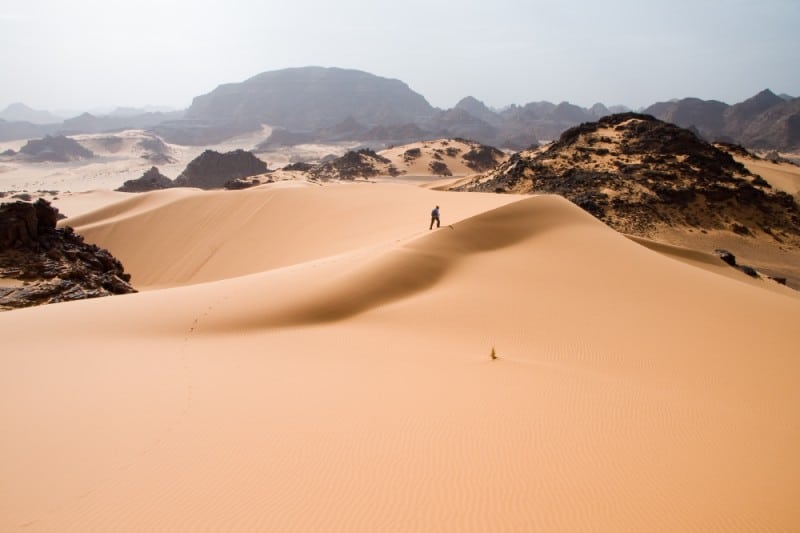

Maine Desert Physical Description
For all the controversy around the Maine Desert, several key facts stand out when one considers it. Among these, regardless of its origins, stands the fact that it covers a tiny area. However, a debate over whether or not it’s actually a desert remains ongoing among concerned scientists.
As a result of this continuing situation, the amazing formation does not presently officially hold the title of the smallest confirmed desert on earth. In fact, for the present moment, at least, the slightly larger Carcoss Desert, located within Canada, also finds itself in the very same predicament.
But, regardless of any official status, the atention-grabbing feature still constitutes an interesting phenomenon. In terms of sheer size, though, the Maine Desert only covers approximately 40 acres (16.2 ha). In this, it aptly demonstrates the fact that size has no bearing on impressiveness.
No matter its official situation, the remarkable feature definitely qualifies as extremely unique, at the very least. That status occurs due not only to its questionaable origins, but also to its very nature. This occurs because it does not, in fact, consist of sand. It’s actually composed of glacial silt.
Maine Desert History and Formation
While this wondeer formed only recently, the beginnings of the story of the Maine Desert reaches back roughly 10,000 years ago. At the end of the last ice age, the enormous glaciers retreated. As they did so, the foundations for the future formation of this fascinating site actually began.
The actual site of this origin story presently represents the state of Maine, situated within the United States, in North America. During the course of the slow but inexorable retreat of these gigantic glaciers, the withdrawing ice sheet slowly began its work of creating the unique masterpiece.
As a result of that movement, the prodigious quantities of ice ground rocks into a fine powder, known as glacial silt. Over the passage of millennia, copious quantities of topsoil became deposited over this. This finished condition remained comparatively stable for many thousands of years.
Then, much later, eventually came huge numbers of European settlers. Eventually, a local family established a farm on this site. This occurred in 1797. Yet the people failed to manage the land properly. Poor farming practices also combined with overgrazing to erode the topsoil.
One day, a small patch of the underlying sand appeared to observers. To the surprise of those viewers, this formation quickly spread, eventually taking over the entire farm. Subsequent to this development, the Maine Desert came into existence. To date, it’s depth has never been measured.
Eventually, bowing to the inevitable, the family abandoned the farm in the year 1919. A man named Henry Goldrup later purchased the property in 1925. Recognizing its uniqueness, he opened the site as a tourist attraction. Today, Nature does appear to be slowly reclaiming the distinctive area.
Features Sharing Its Region
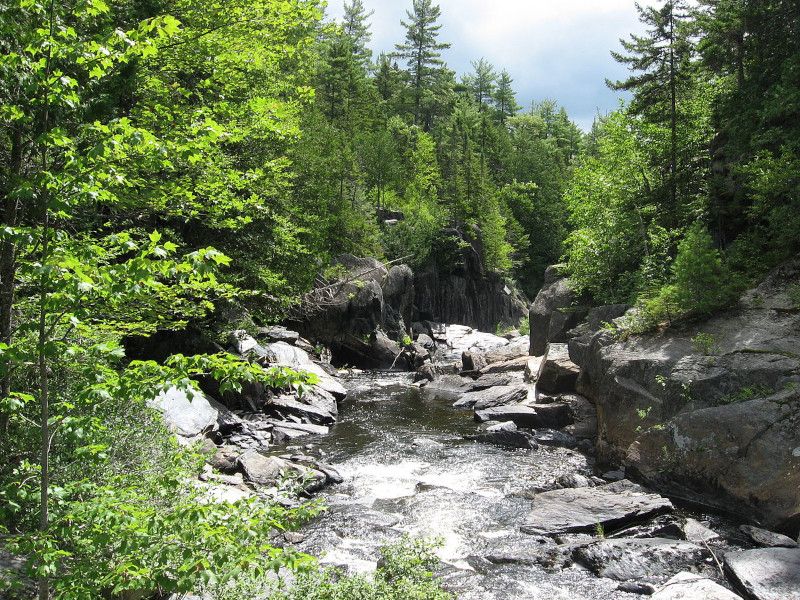
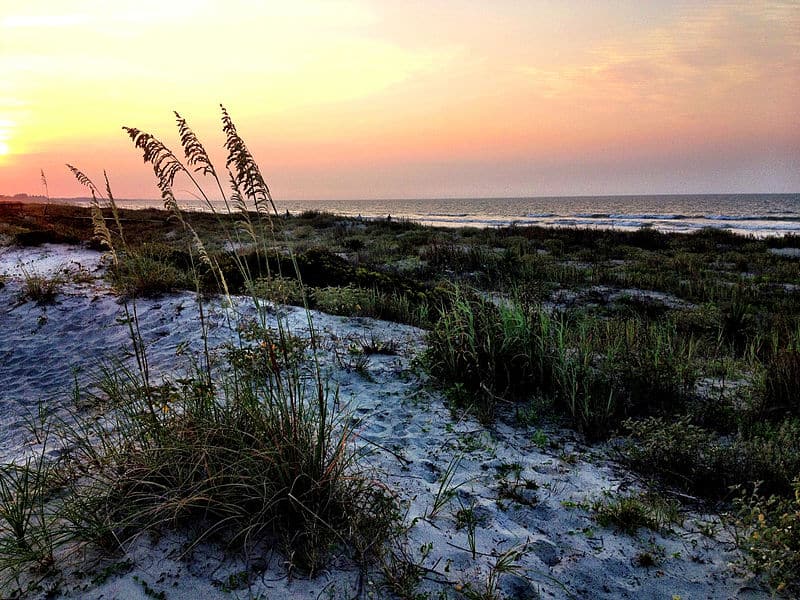
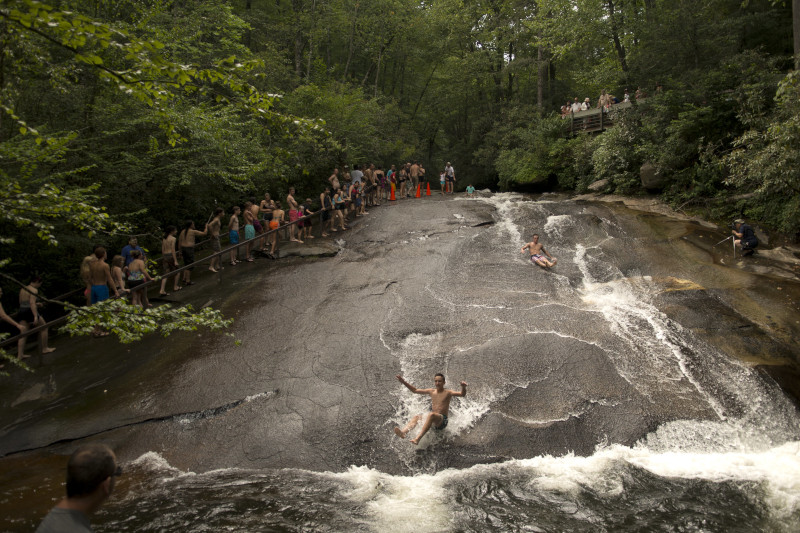
Check out our other articles on 7 Outstanding Flightless Birds of the World, Gulper Eel, Fly Geyser, Darwin’s Orchid, Indian Giant Squirrel, Axolotl, Calleta silkmoth, Hawksbill Sea Turtle
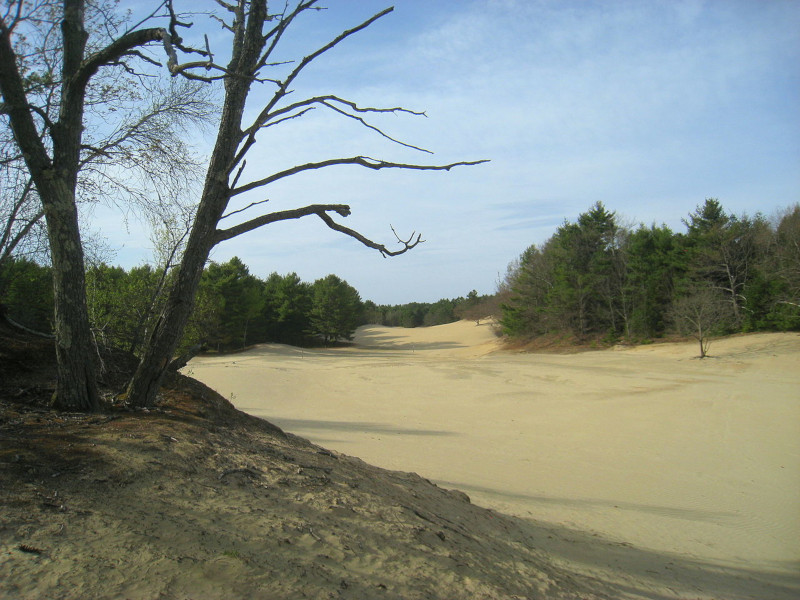
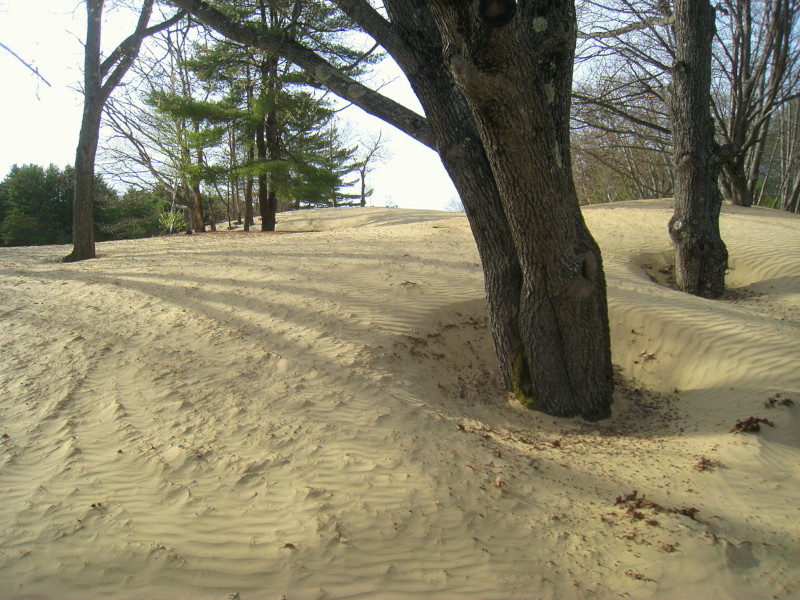
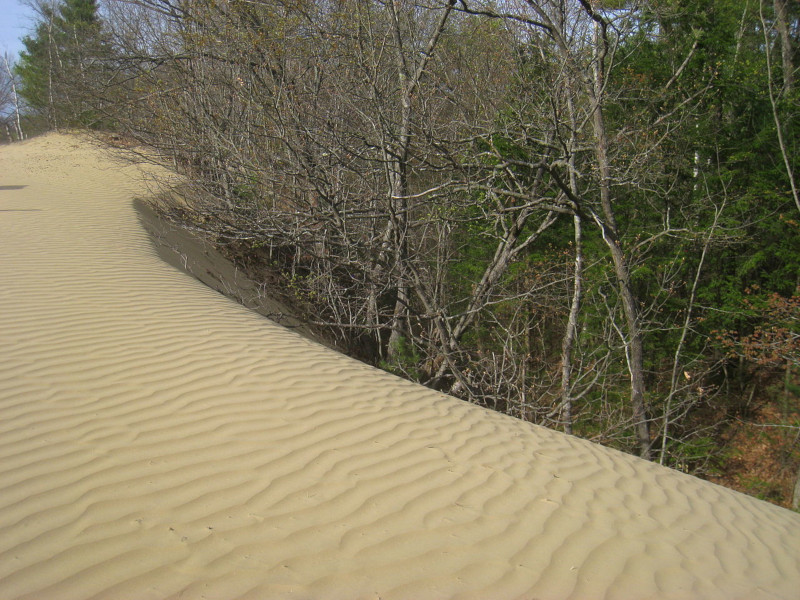









Leave a Reply